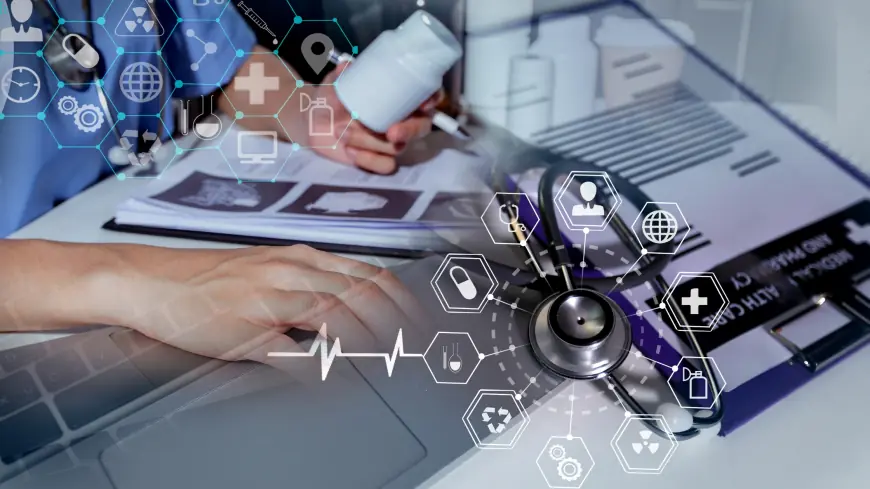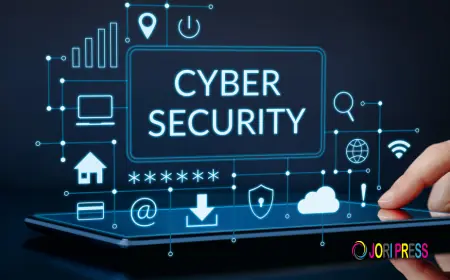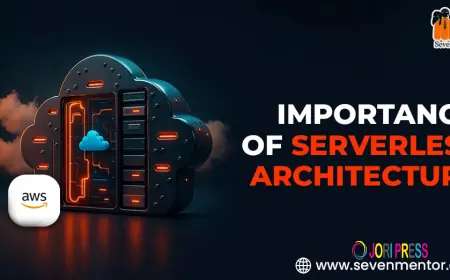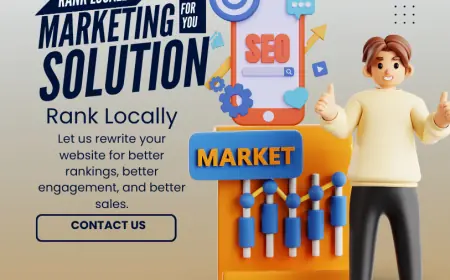How Can an LMS Improve Patient Care and Staff Training in Healthcare?
Explore how an LMS for Healthcare enhances patient care and staff training through flexible learning, real-time updates, and continuous development—empowering medical teams to deliver safer, smarter care.

In today’s fast-paced and ever-evolving healthcare landscape, the need for continuous education and streamlined communication among staff is more critical than ever. With the growing demand for better patient care, compliance with regulations, and improved medical outcomes, healthcare organizations must invest in smarter training solutions. That’s where a Learning Management System comes in.
An LMS isn’t just for students in academic environments. In fact, LMS for Healthcare is revolutionizing how hospitals, clinics, and other medical institutions train their staff, engage employees, and ultimately improve the quality of patient care. Whether it’s onboarding new nurses, educating staff on the latest procedures, or maintaining certifications, an LMS provides a centralized, efficient, and flexible platform for learning and growth.
Let’s explore how an LMS can transform both staff training and patient care in the healthcare sector.
1. Standardized Training for All Staff Levels
One of the most significant advantages of using an LMS in healthcare is standardized training. Every healthcare facility—whether a small clinic or a large hospital—needs to ensure that all employees, regardless of their role, receive the same quality training.
Using an LMS for Healthcare, hospitals can:
-
Deliver consistent training modules across departments
-
Create role-specific learning paths
-
Reduce training gaps and human error
-
Ensure new hires get up to speed quickly with onboarding modules
This consistency ensures that every member of the team adheres to the same best practices, improving patient safety and operational efficiency.
2. Continuous Professional Development and Compliance
In the medical field, learning never stops. Doctors, nurses, and support staff must continuously update their knowledge to remain compliant with industry standards and government regulations.
An LMS makes it easy to:
-
Assign mandatory courses for license renewals
-
Track Continuing Medical Education credits
-
Provide certificates upon course completion
-
Automatically remind staff about expiring certifications
By using an LMS, healthcare organizations avoid the risk of non-compliance while fostering a culture of continuous learning. This ensures that medical staff are always equipped with the latest knowledge and skills to provide high-quality care.
3. Better Patient Care Through Skilled Staff
When staff are well-trained, patient outcomes naturally improve. A well-implemented LMS for Healthcare directly supports patient care by keeping medical professionals informed on:
-
New treatment protocols
-
Updated medication guidelines
-
Latest research findings
-
Infection control procedures
For example, during the COVID-19 pandemic, LMS platforms played a vital role in rapidly training frontline workers on emergency protocols, personal protective equipment (PPE) use, and telehealth practices. In high-pressure environments, having real-time access to updated information can be the difference between life and death.
4. Flexibility and Remote Access
Healthcare professionals often work long, unpredictable hours. Traditional in-person training sessions may not be feasible for everyone. An LMS offers the flexibility to learn anytime, anywhere.
Staff can:
-
Access training modules on their mobile devices
-
Learn at their own pace
-
Revisit content as needed
-
Participate in virtual simulations and assessments
This kind of self-paced, mobile-friendly learning is ideal for busy environments where every minute counts. It also reduces the need to pull staff off the floor for lengthy workshops, keeping more hands available for patient care.
5. Cost-Effective and Scalable Training
Unlike conventional training methods, an LMS minimizes the costs associated with travel, printed materials, venues, and instructors. It allows healthcare institutions to scale training to hundreds or even thousands of employees without a proportional increase in cost.
Additional benefits include:
-
Reusable content libraries
-
Cloud-based access with minimal IT infrastructure
-
Automated progress tracking and reporting
Hospitals and clinics can invest once in course creation and deploy it organization-wide, making LMS for Healthcare a long-term, budget-friendly solution.
6. Performance Monitoring and Data-Driven Insights
Modern LMS platforms come with built-in analytics that allow administrators to:
-
Monitor individual and team performance
-
Identify knowledge gaps
-
Analyze course effectiveness
-
Generate compliance and audit reports
This data empowers HR teams and department heads to take proactive measures—be it offering additional training, adjusting learning paths, or recognizing high performers. These insights help align training efforts with strategic healthcare goals.
7. Real-World Simulations and Interactive Learning
The best way to retain medical knowledge is through interactive and experiential learning. LMS platforms can host:
-
Realistic case studies
-
Virtual patient interactions
-
Simulations of surgical procedures
-
Interactive quizzes and assessments
This hands-on approach helps staff apply their knowledge in real-world situations, boosting their confidence and capability when treating actual patients.
8. Supporting Non-Medical Staff and Admin Roles
While clinical staff often take center stage, non-medical personnel—including administrative staff, HR, and operations—also play a critical role in patient satisfaction and hospital performance.
An LMS can train non-clinical staff in:
-
Customer service and patient communication
-
Data privacy
-
Workflow and software systems
-
Inventory and supply chain management
By training all staff members, healthcare organizations ensure a smoother, more unified patient experience.
9. LMS for Students in Healthcare Education
An LMS isn’t only for current healthcare employees—it also benefits future professionals. Medical colleges and nursing institutes are increasingly using LMS for Students to:
-
Deliver theory lectures and practical demonstrations
-
Assess student understanding with quizzes and assignments
-
Facilitate blended learning through online classrooms
-
Track attendance, grades, and performance analytics
This digital shift prepares students for the tech-enabled healthcare environment they will soon enter.
Conclusion: A Smarter, Safer Healthcare Ecosystem Starts with Learning
Healthcare is a rapidly changing industry where learning can’t be a one-time event—it must be an ongoing process. A powerful LMS for Healthcare ensures that training becomes more than a box-ticking exercise. It evolves into a strategic asset that strengthens patient care, improves staff engagement, and enhances institutional performance.
Whether it’s onboarding new hires, ensuring compliance, or offering real-time learning during a crisis, an LMS empowers healthcare organizations to stay resilient, responsive, and responsible.
In the end, the better your people are trained, the better care your patients receive—and that’s a mission worth investing in.
What's Your Reaction?
 Like
0
Like
0
 Dislike
0
Dislike
0
 Love
0
Love
0
 Funny
0
Funny
0
 Angry
0
Angry
0
 Sad
0
Sad
0
 Wow
0
Wow
0

















































